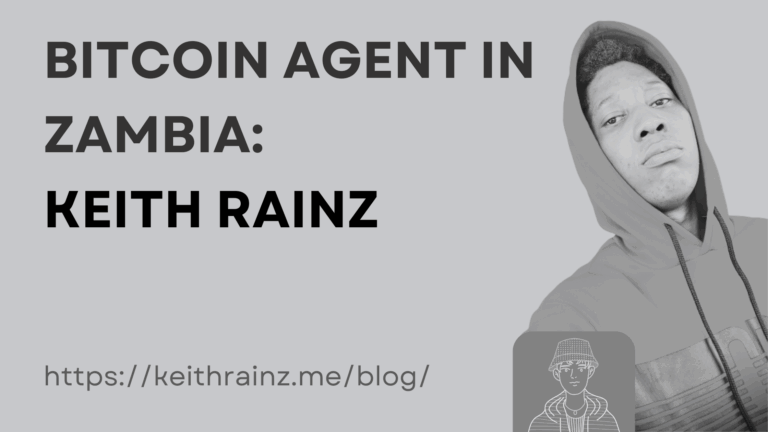Over-the-counter (OTC) trading is a private method for buying or selling cryptocurrencies outside public exchanges. Unlike traditional exchanges where transactions are visible and influenced by market fluctuations, OTC trading offers a direct, discreet channel between buyers and sellers. This method is especially popular among high-volume traders and institutions due to its enhanced privacy, deeper liquidity, and personalized terms.
Crypto OTC trading is essentially a direct exchange of large volumes of cryptocurrencies between two parties. These trades are conducted outside conventional exchange platforms, making them different from public exchanges where trades are visible and recorded. OTC trading allows buyers and sellers to negotiate terms directly. This framework is favored by high-net-worth individuals, institutional investors, and businesses because it handles significant transactions without causing market disruptions.
In OTC trading, transactions can be either crypto-to-crypto (e.g., Bitcoin to Tether) or fiat-to-crypto (e.g., USD to Bitcoin). While popular crypto exchanges offer fixed rates, OTC trades are private and negotiable, meaning only the involved parties know the price and volume. This privacy shields the trade from broader market fluctuations, making OTC trading a key part of the global crypto market. The primary advantage of OTC trading is its ability to offer privacy, reduced market impact, and tailored services, which is crucial for large transactions. Additionally, the process is often quicker and more adaptable than traditional exchanges, with multiple settlement options available.
The process of executing a large cryptocurrency transaction through an OTC desk involves several steps. First, a customer submits a request to buy or sell a specific volume of cryptocurrency. This request is typically communicated directly to an OTC desk via chat or a trading platform. The desk then provides a quote based on current market conditions. Once the customer receives the quoted price, there is room for negotiation. The final price is agreed upon after both parties are satisfied with the terms. Once an agreement is reached, the OTC desk commits to fulfilling the trade at the agreed-upon price, providing certainty for the customer.
After the price is fixed, the OTC desk sources the required cryptocurrency. They either use their own funds (in Principal Trading) or act as intermediaries (in Agency Trading), finding sellers willing to meet the terms. Once the assets are acquired, the customer is provided with payment instructions. After the payment is made, the cryptocurrency is transferred to the customer’s wallet. If the market price changes unfavorably in agency trades, customers may need to adjust their offers or wait for better conditions. Settlement is often done through bank transfer, escrow services, or in-person settlements for larger transactions. Once payment is confirmed, the assets are delivered to the customer, completing the trade.
OTC desks can operate in two ways: Principal or Agency. In Principal OTC Trading, the desk uses its own funds to fulfill the customer’s request, assuming the market risk. This means if you request 500 BTC, the desk buys those assets with its own funds and delivers them at the pre-agreed price, even if market prices rise. In Agency OTC Trading, the desk acts as an intermediary, matching buyers with sellers, and the customer bears the market risk. The desk charges a fee for this service but does not assume the risk of price changes.
The use of OTC desks is common among high-volume traders, institutions, and hedge funds for transactions typically starting from $50,000. These desks allow large trades without price slippage or public exposure seen on exchanges. By negotiating directly with a broker, customers ensure the trade remains private, preventing market reactions to large transactions. The key advantages include deeper liquidity, confidentiality, reduced market impact, and tailored services. However, there are risks such as counterparty risk, where one party may default, causing delays or financial loss. It’s essential to use a trusted party to mitigate these risks.
In summary, crypto OTC trading is an efficient and private method for executing large cryptocurrency transactions. It offers enhanced privacy, deeper liquidity, and personalized terms, making it a preferred choice for high-volume traders and institutions. However, it’s crucial to be aware of potential risks and ensure transactions are conducted with trusted parties to maintain security and compliance.







